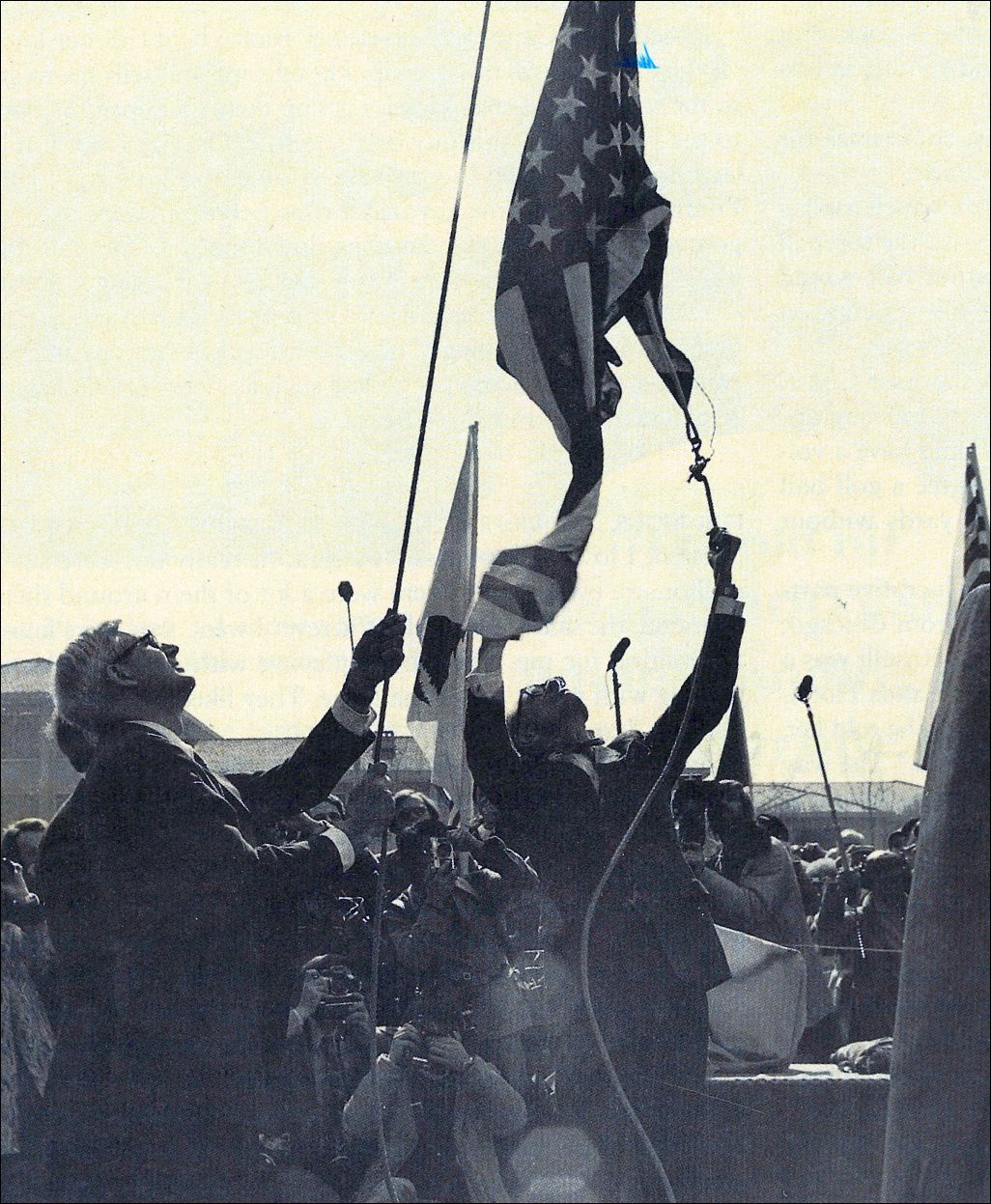Authors:
Historic Era: Era 10: Contemporary United States (1968 to the present)
Historic Theme:
Subject:
August/September 2005 | Volume 56, Issue 4


Authors:
Historic Era: Era 10: Contemporary United States (1968 to the present)
Historic Theme:
Subject:
August/September 2005 | Volume 56, Issue 4
Twenty-five years later, I still find them turning up: small ceramic pandas, nail clippers bearing the logo of the People’s Republic of China airline, handsome lapel pins with a golden profile of Chairman Mao. I collected them all while commuting from Hong Kong to Beijing in the late 1970s, when there was no American Embassy there, just a small diplomatic enclave called a Liaison Office.
At the time, long before the deluge of tourists and traders was allowed into “Red China,” there were no direct flights between the two cities. You traveled the 40 miles to Canton by train or hovercraft and then continued by plane to Beijing. On the flight, a cheerful attendant in a baggy uniform made her way down the aisle pouring tea from a large, dented, blackened kettle. She would return with your snack—stewed chicken feet or pickled cabbage—and the keepsakes.
The U.S. Liaison Office in Beijing was a drab two-story structure about the size of a Denny’s restaurant. It did not look like the product of secret meetings between some of the towering figures of the 20th century. On a trip to Pakistan in July of 1971, Henry Kissinger disappeared for a weekend to meet with Premier Zhou Enlai in Beijing. In 1972 came what a Tokyo paper I read called the “Nixon Shokku” (the Nixon Shock). Incredibly, Nixon and Mao Zedong had agreed to work toward a normalization of relations. At a follow-up meeting in February 1973, Zhou invented the concept of the Liaison Office, which would allow a handful of American and Chinese nationals to work in each other’s capitals before full diplomatic relations could be established.

Thus, two not-quite embassies opened, both governments sending them some of their most talented diplomats. These pioneers were to struggle for years in a bureaucratic no-parking-zone, spied upon by their host governments.
Although I was not employed by the State Department, I commuted to the Beijing U.S. Liaison Office for a couple of years when I was working for the now-defunct U.S. Information Agency. The State Department worked under the premise that the best way to get along with communist countries during the Cold War was by letting them learn as much as possible about our culture and the workings of democracy. My job was to help Chinese librarians, long isolated from all things Western, to gain access to information from the States.
I stayed